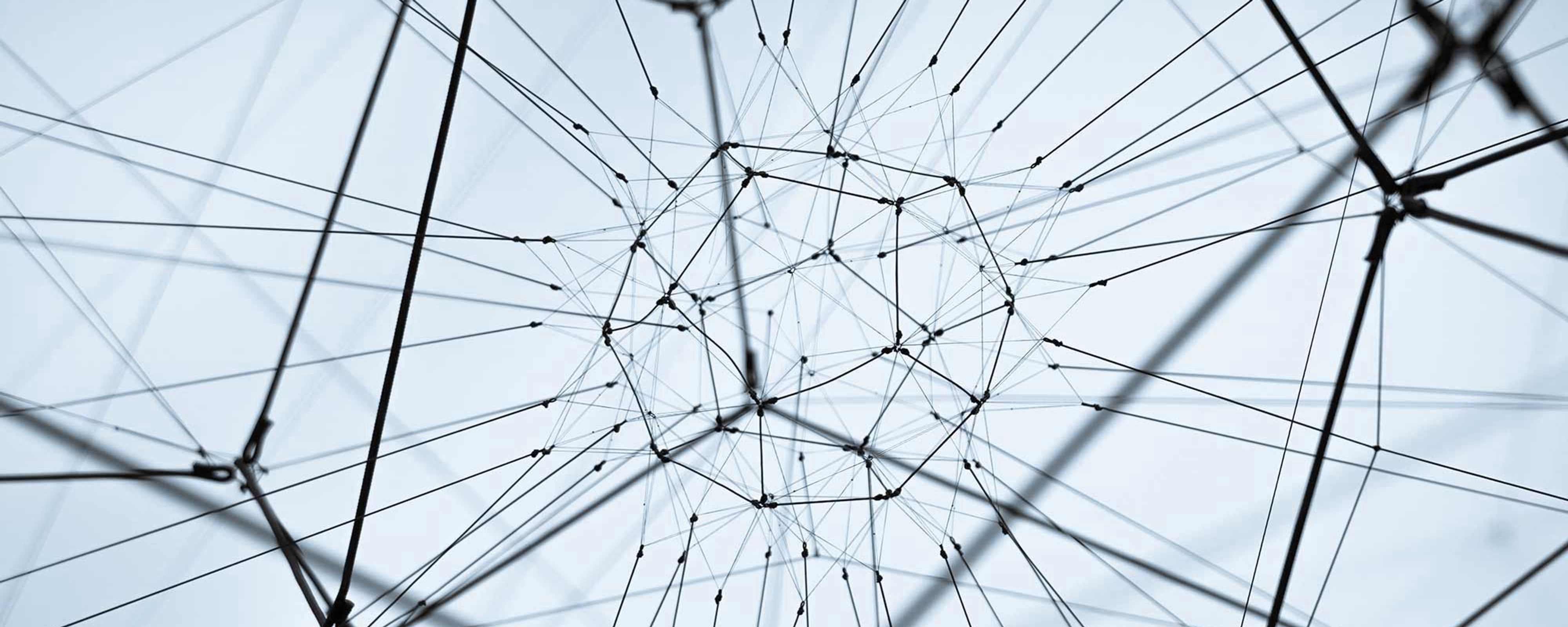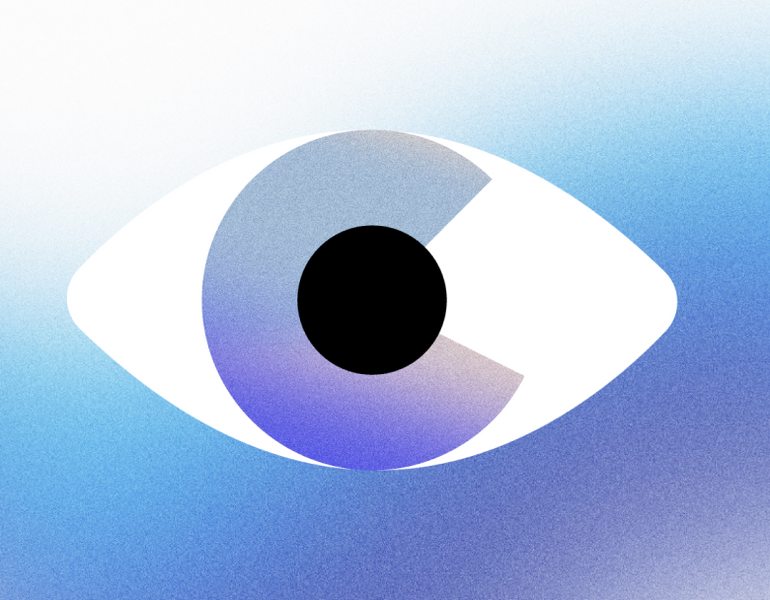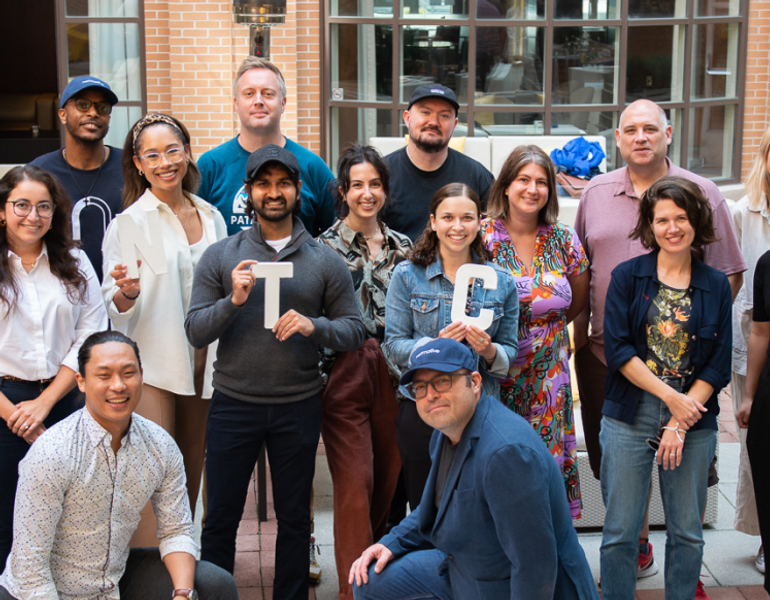The big reveal is dead. Design conversations instead.
When I started out as a designer 15 years ago, the “big reveal” was king. We all were taught to do our magic behind closed doors until it was finally time to unveil our work to the client. Polish, presentation, and drama was everything. Unfortunately, I had to learn the hard way that this approach is dangerous. It’s high risk and rarely gives stakeholders the confidence and focus they need to help move innovative work forward.
Early in my career, I was tasked with designing a product configuration tool for a large window and door manufacturer. There were hundreds of permutations of windows and doors and the product types were complex.
After gathering requirements, I worked hard to create detailed wireframes and specifications for the design of the tool. It was a race against the clock to perfect every single point in our presentation. I remember working on it right up until we entered the conference room. Less than five minutes into my presentation, the client interrupted. “Wait,” she said. “We need to back up.”
I learned the job of design is to manage and reduce risk, not introduce it
Two lessons stuck out that I have used throughout my career:
- Wireframes make terrible presentation material.
- I should have had that crucial conversation with my client at the beginning of the project. Not on presentation day.
There’s a belief in the practice of design that a designer is only as good as their sales pitch. If you can’t sell the idea, the design doesn’t matter. I’ve admittedly never been very good at the hard sell. It’s more natural for me to share rough sketches with clients in a workshop setting, or to pick up the whiteboard marker, than to present polished ideas as a big reveal.
“We will replace presentations with conversations” — Blair Enns
I recently read Blair Enns’ The Win Without Pitching Manifesto, which is a fantastic book that sets the stage for how to open a dialog with clients as an expert, not present to them as salespeople. He has a chapter called “We will replace presentations with conversations” that explores how conversations are a tool for determining fit.
Creating conversations is transferable to the entire process of design, not just the sales stage. This reflects how we’ve practiced software design at Normative for the past 10 years. We start off with clients by opening a conversation during sales, making it easier to use conversational techniques throughout the design process.
There are a few reasons why it’s important to have a continual dialogue with clients:
- They are subject matter experts and fill in knowledge gaps about their business and priorities early in the process, thereby reducing the risk (and cost) of designing the “wrong” thing.
- When people are part of the design process, they more naturally take ownership of the product being created.
- Conversation is generative and creates new knowledge. Continually collaborating lets us discover things that we would not have otherwise.
Conversations lead to decisions, which is good for design.
A framework we often use at Normative for decision-making is John Boyd’s OODA loop. It stands for Observe, Orient, Decide, Act. At Normative, we’re always in one of those four stages with clients, and moving between them can happen over a month or rapidly within a day. A conversation is like an OODA loop. You start by observing who you’re talking to, orienting to their perspective, deciding how to share your perspective, and acting by settling on what to do next.
Easier said than done! Having conversations and getting people to open up is hard. One of the most effective collaboration techniques we use that guides people through the OODA loop is rapid sketching. It helps people go from talking about ideas to illustrating ideas, an approach to thinking that reduces ambiguity.
We use an “open source” approach to rapid sketching at Normative. We have a multidisciplinary team, including designers, researchers and developers participate in the process, bringing different perspectives and help push boundaries. Sketches are posted and refined in an openly collaborative way, with the core team and client as the final decision makers. This tightens the “loop” and enables us to get into working software faster. It generally goes like this:
- Everyone sketches. You don’t need to be an artist to sketch. Low-fi and messy is the name of the game.
- The idea is to generate A LOT of ideas, more than half of which will be tossed.
- Don’t skip the sharing and discussion about ideas. Illustrating ideas produces new knowledge that should be talked through.
- Post and refine the sketches out in the open. Then use those sketches to get right into code.
- Have fun! This is a creative exercise that benefits from a positive mindset and open mind.
The result is that we get to have several in-depth conversations with our clients about their business, plus tangible evidence in the form of visualized ideas about what to do next. The bonus is that the next conversation is much easier and more productive because we’re building on shared knowledge.
We think a lot about innovation risk at Normative, and sketching is not only one of our favourite ideation tools, it’s also a secret weapon in our risk management tool kit.




